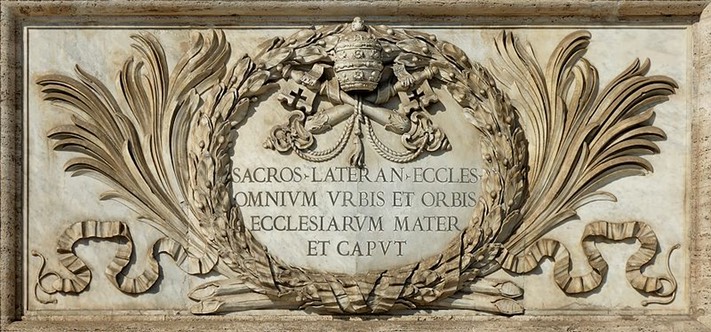Since the time of the healing of the wound inflicted in 1798, the power and influence of the Papacy has again grown to worldwide proportions, particularly during the end of the 20th century.
Political Power
Pope John Paul II received heads of state from all over the world and in, turn, visited many countries. His stature as a world leader grew astronomically. Bill Clinton, the last United States president of the previous millennium, thanked the Pope for saving the world from the horrors of nuclear war and for freeing millions from political oppression. President Bush Jr. and even President Obama have both paid homage to the Pope by visiting him for counsel and blessing, or receiving him as an honored guest.
Religious Power
The Pope is recognized as the supreme religious leader. At the Council of Assisi, leaders from all persuasions acknowledged him as the supreme ecclesiastical authority.
The stated aim of the Christian ecumenical movement is to reassert papal authority, and Pope John Paul II issued the statement that it is necessary for all denominations to accept papal authority before unity can be achieved. Protestant Churches have made conciliatory advances to reconnect with the Papacy.

"The Mother of Churches." A sign at St. John Lateran Basilica. Church of God News.
On a plaque outside St. John Lateran Church in Rome are the wordsEcclesiarum Mater, or “Mother of the Churches.” According to the BBC, a papal declaration written in 2001 by Cardinal Joseph Ratzinger (now Pope Benedict XVI) said that referring to other churches as sisters—and therefore equals—of the Roman Catholic Church is incorrect.i
The chasm between the world’s 1.2 billion Catholics and 350 million Protestants is steadily closing. However, while Rome itself has not changed one of its doctrines, many of the reform churches are lining up to pay homage to Rome, compromising their beliefs.